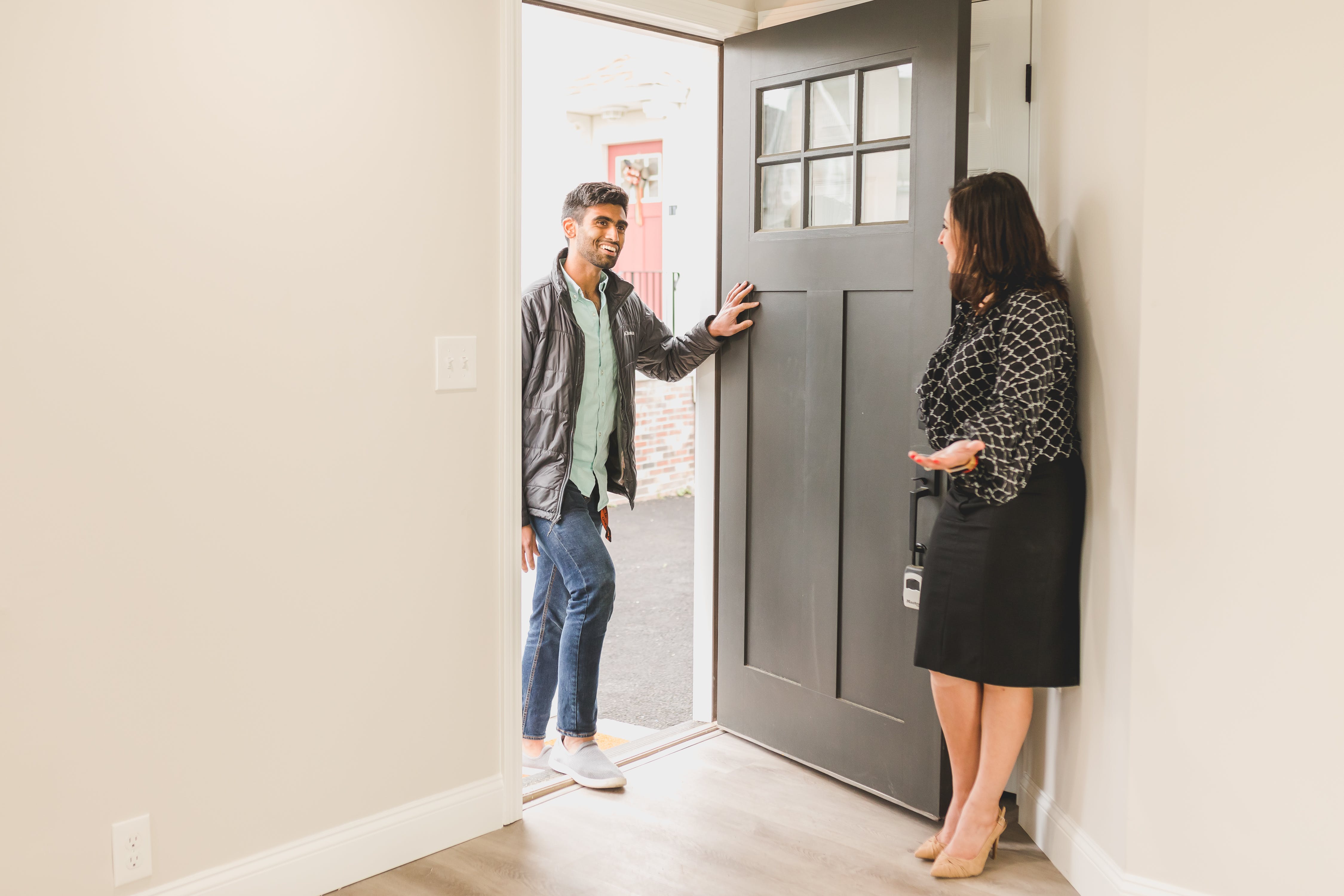-
Lot Size
-
Home Size1,550 sqft
-
Beds4 Beds
-
Baths2 Baths
-
Year Built1978
-
Days on Market9
Crime Stats for Savvy Homebuyers
- Real Estate Tips
- home-buying-crime, relocating, research
- February 23, 2015

When making any large investment, it’s a good idea to do as much research as possible before putting your dollars on the table. Homebuyers need to be doubly careful. Smart shoppers work with experienced real estate agents and do plenty of their own due diligence before committing to a purchase.
If you are moving to a new city or town, there are plenty of ways to find out about the locale before even visiting. The Internet yields all sorts of information about crime, schools, and even the local economy of a neighborhood.
Ready, Set, Investigate!
If you want to gather some raw statistical data about a region’s crime rate or just find out if your future neighborhood has a watch program, walk through the following checklist during your “research” phase of the home-buying process:
- If possible, take a walking tour through the neighborhood, at various times of day. This way, you’ll get a feel for what local traffic is like, what the neighbors are like, whether there is a lot of noise, and what the general safety level is like. Don’t be afraid to speak with residents and ask questions.
- Spend time online checking out the city. Local news is a great way to learn all sorts of tidbits about a city. To go more in depth, visit the area’s police department website. Most law enforcement site post crime statistics and explain what regions are the most dangerous.
- Check out a couple websites that specialize in amassing neighborhood data. There are literally hundreds of such sites, but two of the better ones are City-data.com and crimereports.com. City Data is a gigantic clearinghouse of stats, where you can look up practically any city in the U.S. and learn about its income, crime rates, nightlife, home sales and job openings. Crime Reports is, as its name implies, more focused on crime, but does a thorough job of listing all the relevant facts about each area it covers.
Don’t be in the Dark
There is no reason to be in the dark about your new area, especially with all the resources available these days. So, put on your walking shoes and get ready to explore. If that’s not possible, do some online research and you’ll be surprised how much you can discover about your future neighborhood.






